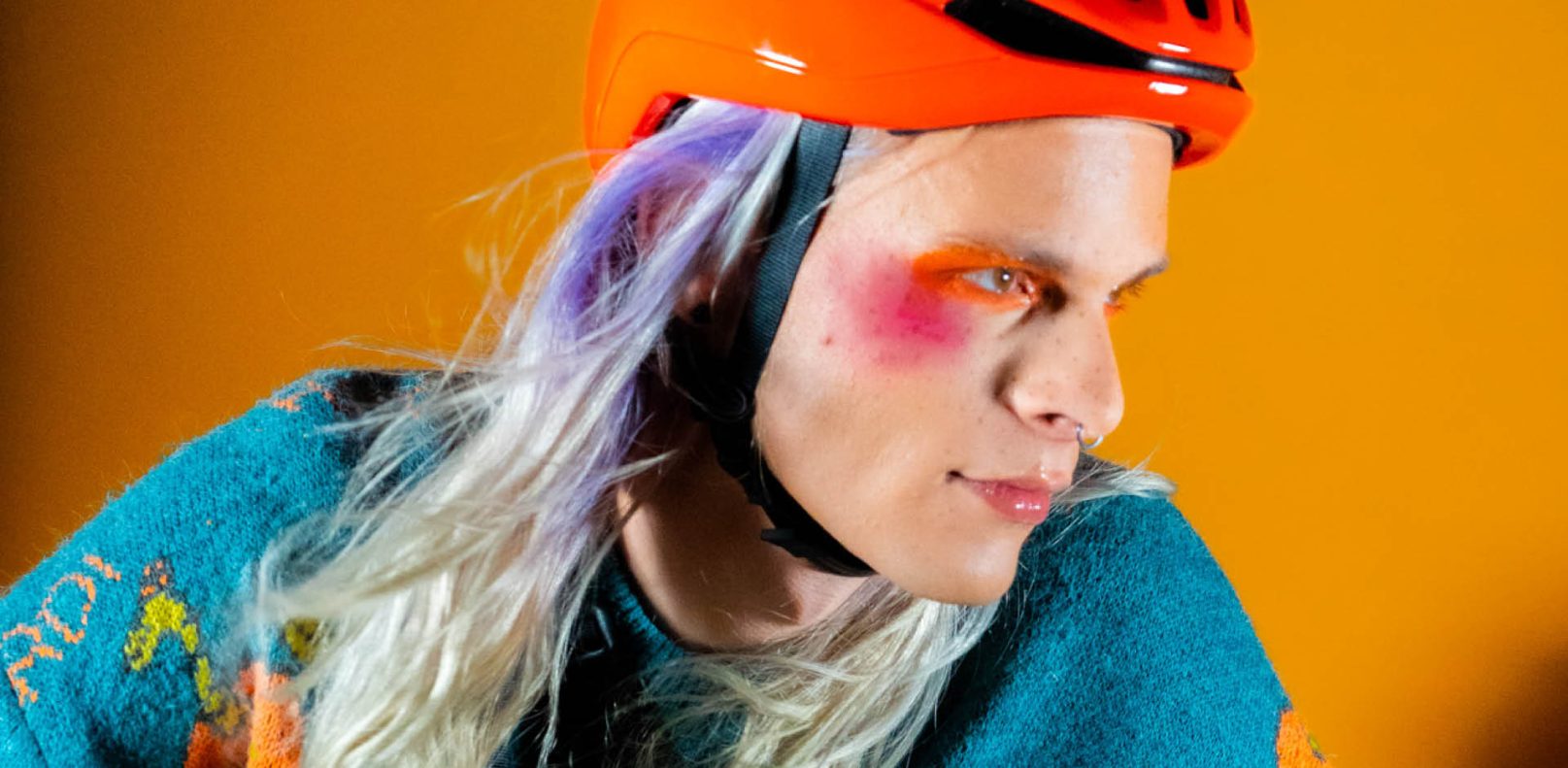Why did we stop wearing helmets as we began to live alone?
I can still feel the push of my head into the white helmet, my dad securing it on, it pinching my skin a bit when he buckled it. We lived in a cul-de-sac, which was prime real estate for playing and making donuts with wheels. Eventually, the training wheels came off my bike. I remember the day my dad loosened the tension to the chain and popped off the outer nut. What was left was a bike with two wheels–this was a big deal at four. The scariest thing about riding a bike at that age was being given the full responsibility of bodily autonomy. I haphazardly swayed side to side on the bike, screaming and laughing back at my dad. At that moment, the only thing my dad had control over was placing the helmet on my head.
As I grew up, around the age of 9, we biked the outer perimeter of Manhattan, ending at the Brooklyn Bridge. As we took in the sites of the East River,the intricate cables, and the tourists, my sister fainted. As our heads were aimed down to the tropical wood planks below our wheels, Annaliese ate complete s***. The heat of the day got to her. Generously a man selling water handed my dad a bottle, and all was well after a few minutes. As we took the train home with our bikes sandwiched between each other, my dad chuckled to my sister and made it a learning lesson. “Good thing you were wearing a helmet,” his cheery Irish accent addressed.
So why did I stop wearing a helmet? In the most shallow and adolescent framing of my mind: I didn’t want to look “goofy.” As we age, we care more and more about our peer-to-peer feedback. In grade school, we copy the clothing our friends wear and we cling to each other’s interests. We despise wearing a big coat, gloves, and a hat at the bus stop. Anything that alludes to the fact that you are caring for your well-being and health means you’re taking this life all too seriously.
After hearing a story this past fall about a friend who was hospitalized after a cycling crash (helmet not included), the steps for preventing long lasting brain trauma seemed easy to understand: wear the helmet. Yet, finding a round piece of plastic and fiberglass to match an individualistic style may be hard.
As I’ve gotten older, I reflect on the new accessory I required in my earlier years. Health becoming a main pillar in your adult life doesn’t make you look weak. If anything, prioritizing yourself shows great strength and intention. The series of photos before you represent the power within oneself and the style that exists within care.
HELMETS portrays various styles and enhances the characters who remain the focal point of the setting. Oxford Languages defines a helmet as “a hard or padded protective hat, various types of which are worn by soldiers, police officers, firefighters, motorcyclists, athletes, and others.” These are the “others.”






Creative Director: Rebecca Hearns
Photographer: Amyna Dawson
Co-Stylist: Kayana Jacobs
Lighting Assistant: Kobi McCray
Makeup Artist: Cleo Thompson & Destiny White

